The LoRaWAN Battery Monitor is a LoRaWAN connected device based on the ATMega328 LoRaWAN Node to automatically measure the individual cell voltages of a Lithium Ion battery pack (up to 7S).
LoRaWAN Battery Pack Monitor
Continuously checking on my Li-Ion battery packs from afar using LoRaWAN
 tiefpunkt
tiefpunkt


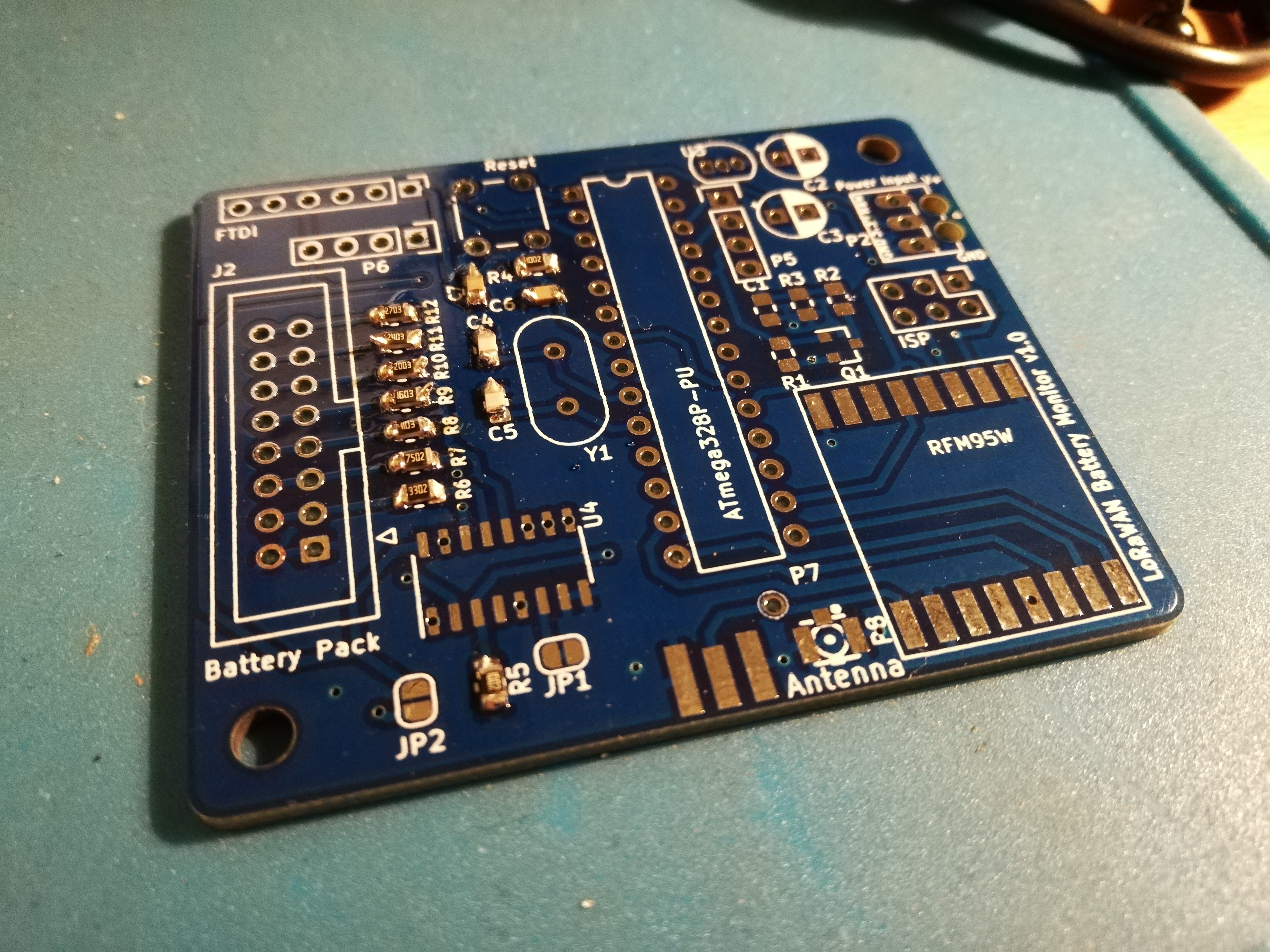
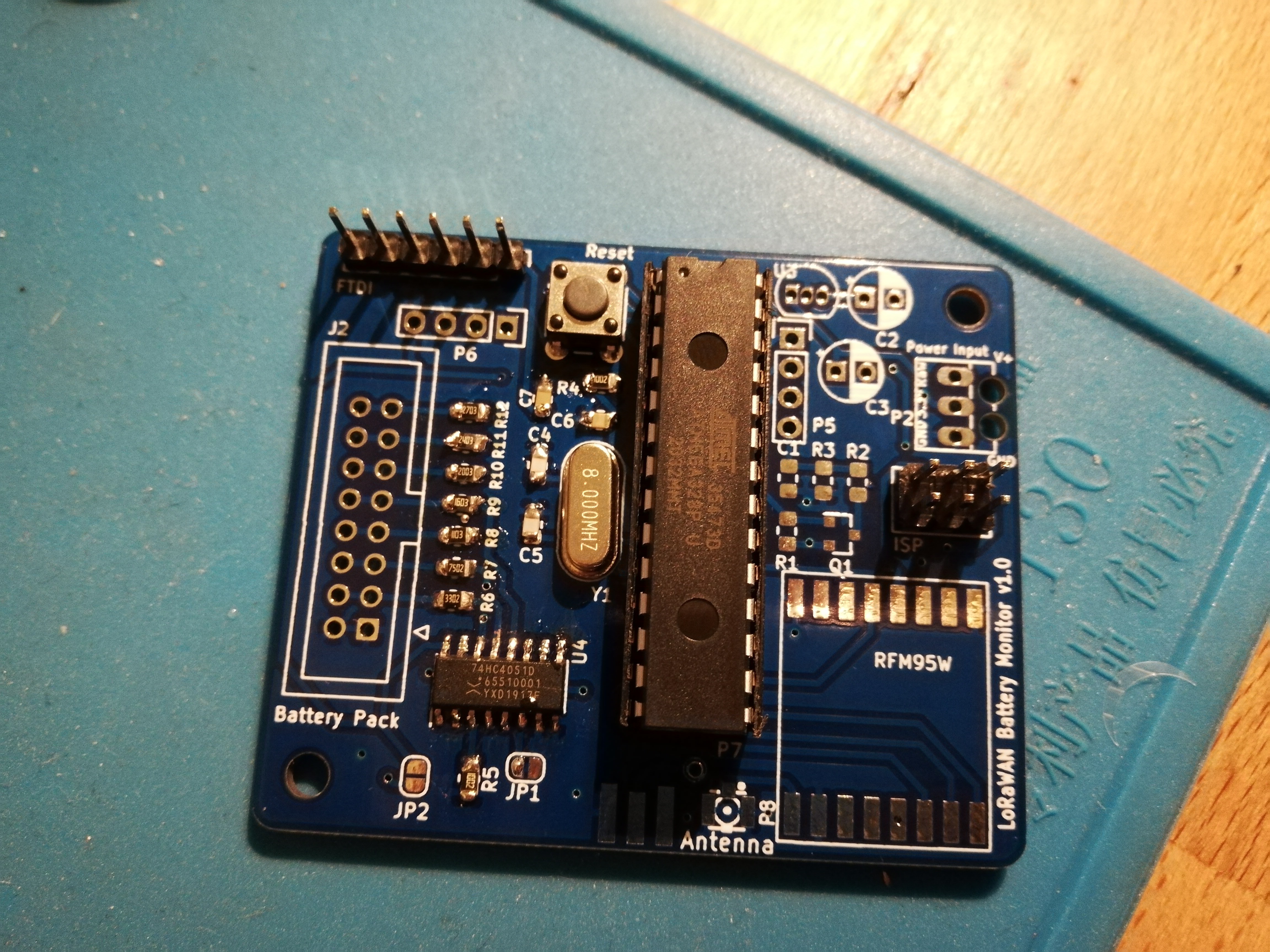

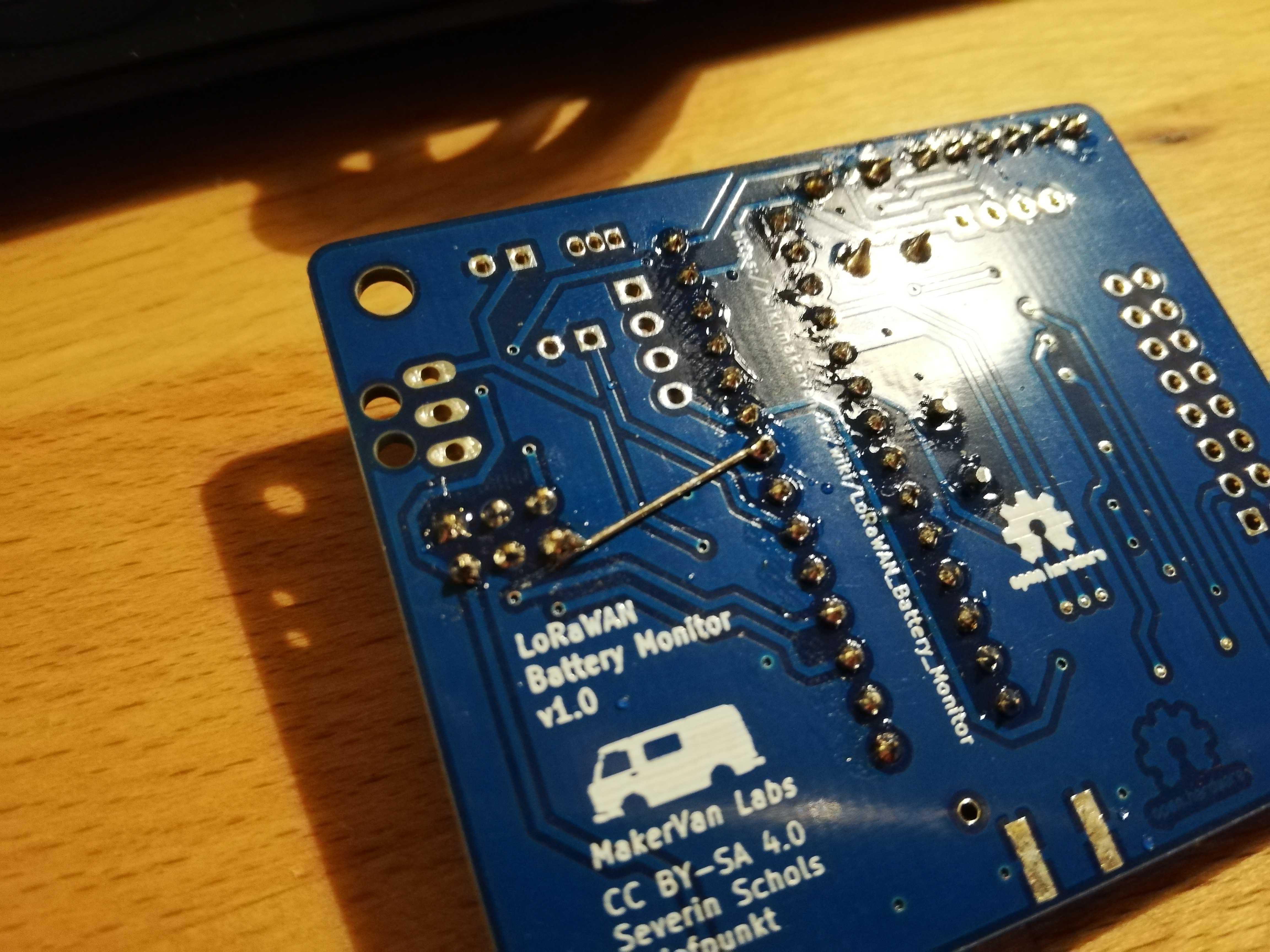 The problem and the fix. Quite simple to fix in the next revision, but I should've totally seen that. And all the sudden, the ISP works as well.
The problem and the fix. Quite simple to fix in the next revision, but I should've totally seen that. And all the sudden, the ISP works as well.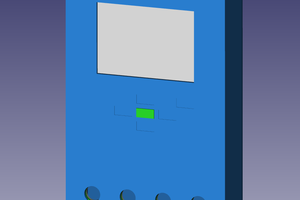
 Karl S
Karl S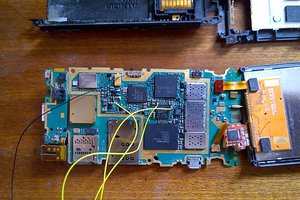
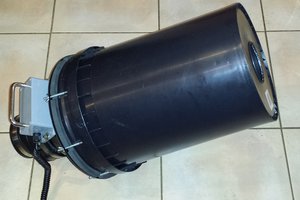
 Robert Hart
Robert Hart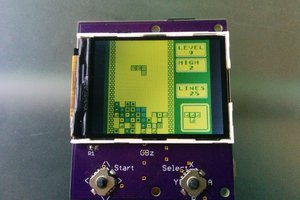
 moosepr
moosepr